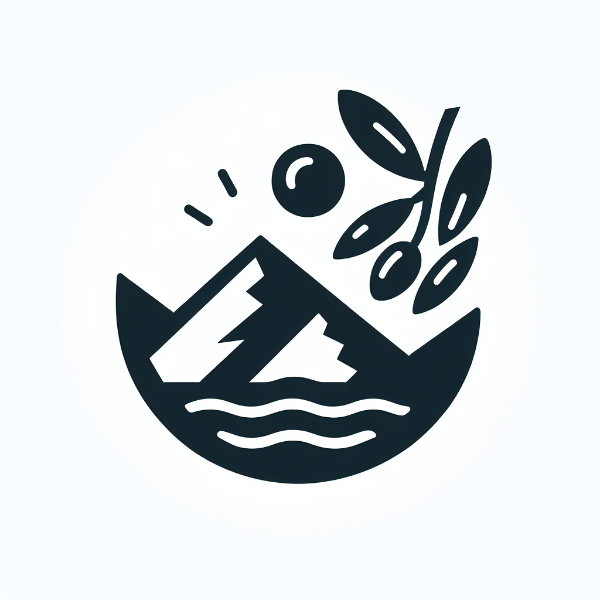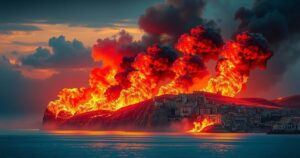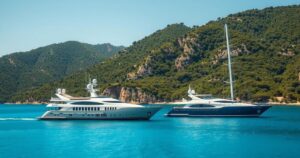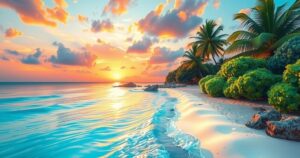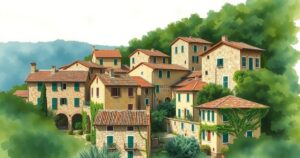Alghero, Palau e Santa Teresa: emesse nuove ordinanze di divieto balneare
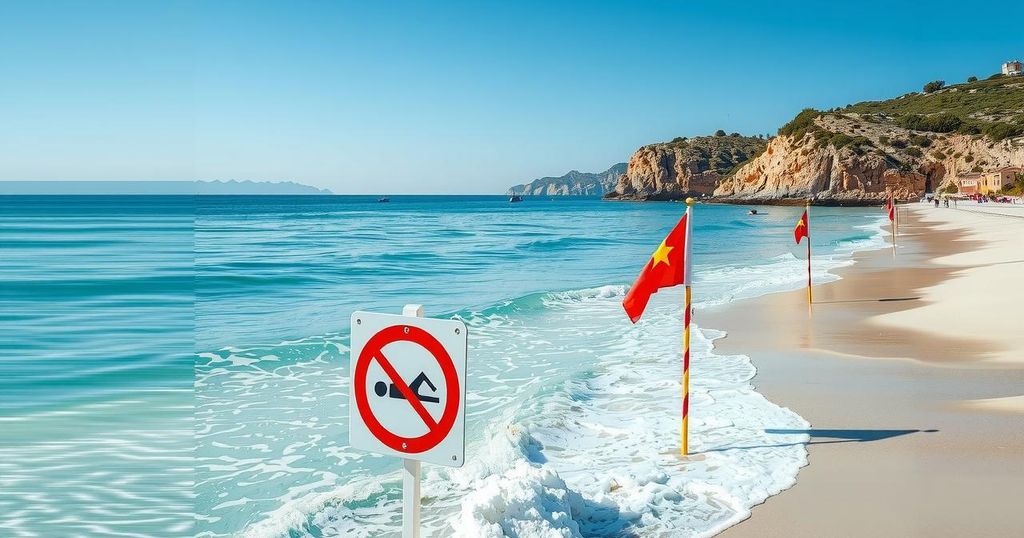
Recent bathing bans in Alghero, Palau, and Santa Teresa are due to excessive coliform bacteria levels as reported by ARPAS. Escherichia coli and enterococci concentrations have surpassed safe limits in various areas, leading to local ordinances to prohibit swimming for public safety. The underlying causes of this contamination have not been disclosed.
Three more swimming bans have been put into effect in Sardinia. Alghero, Palau, and Santa Teresa are the affected destinations due to alarming levels of coliform bacteria in the waters. The Regional Environmental Protection Agency (ARPAS) has stepped in, declaring that the quality of the water has fallen below acceptable hygiene and health standards, hence prompting local mayors to enforce these bathing bans.
In particular, the latest issues concern La Licciola and Porto Faro, which have faced bans since July 8th, along with Punta Negra in Alghero, which just joined the list of affected areas as of yesterday. Interestingly, these new bans arrive in the wake of previous restrictions that were issued for Poetto Beach and more recently at the Santa Lucia tower in Siniscola.
So, what is causing these bans? The culprit appears to be high concentrations of Escherichia coli and intestinal enterococci — both of which are bacteria often sourced from the human digestive tract. Specific readings highlight the gravity of the situation: at La Licciola, Escherichia coli was measured at 885 colony forming units (CFU) per 100 milliliters, which far exceeds the safe limit of 500. Meanwhile, at Porto Faro, enterococci levels were recorded at a staggering 1,652 CFU, substantially above the alarm threshold of 200.
The situation at Punta Negra is particularly concerning, with readings suggesting that levels of both types of bacteria have reached an all-time high. Unfortunately, the ARPAS reports do not provide information regarding the underlying causes of this alarming contamination, leaving both locals and visitors with many unanswered questions about the region’s water safety.
As Sardinia grapples with these health concerns, it serves as a reminder of the importance of monitoring our natural resources and ensuring public health standards are met.
